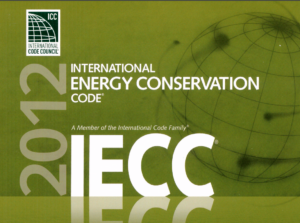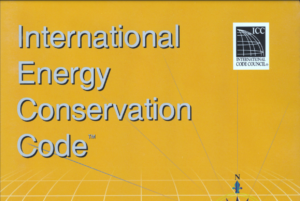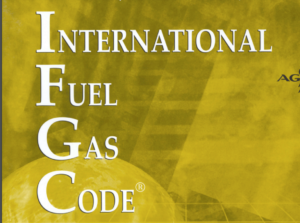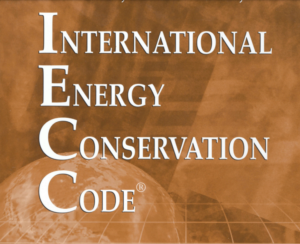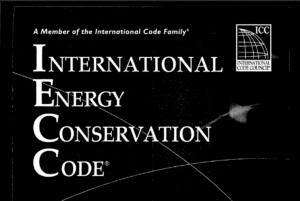The 2018 Hawaii State Energy Code aims to establish energy-efficient standards for building design and construction in Hawaii, replacing the previous 2006 and 2015 Energy Conservation Codes. The code adopts the 2018 edition of the International Energy Conservation Code (IECC) with specific amendments tailored to Hawaii’s unique climate and energy needs. The code provides flexibility for innovative energy-saving techniques and requires county permits for regulated areas.
The code includes definitions and standards based on the International Code Council (ICC) and outlines specific amendments to the IECC, such as insulation requirements and thermal envelope specifications. For example, climate zone-specific R-value requirements are adjusted for mass walls and above-grade walls, with exceptions for certain conditions like wall reflectance and overhangs.
Additional amendments address building envelope fenestration, such as U-factor and solar heat gain coefficients (SHGC) requirements, with specific exceptions for jalousie windows. Energy efficiency is further promoted through door switch requirements in hotels and motels, which disable mechanical cooling when doors are open, and through sub-metering mandates in tenant-occupied buildings, allowing tenants access to their energy usage data.
The code also specifies compliance for existing buildings undergoing alterations or repairs, emphasizing adherence to current standards. Roof replacements are addressed with options for enhanced reflectance and energy-efficient coverings. The code provides compliance pathways, including mandatory sections and an Energy Rating Index (ERI) approach, with specific provisions for tropical zones. Residential buildings in tropical areas must meet criteria like limited air conditioning, renewable energy usage, and compliance with specific lighting and roofing standards to be deemed compliant with the code.

